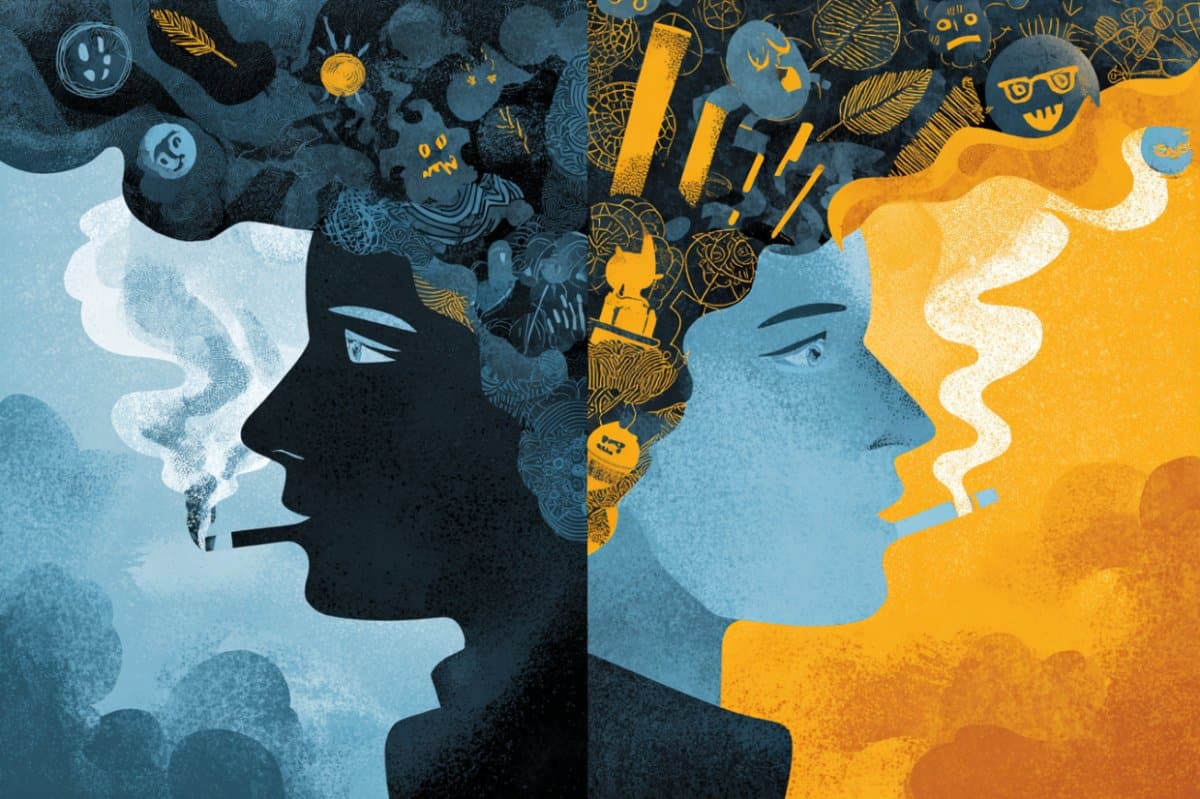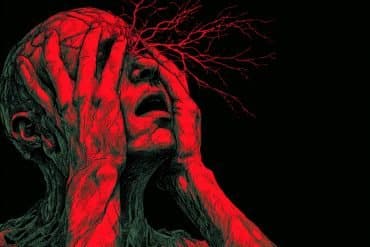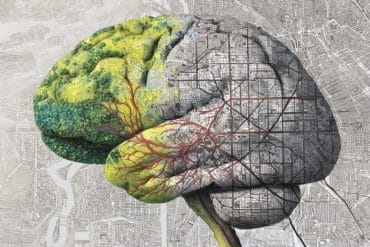Summary: Adolescents who use e-cigarettes or conventional tobacco products are significantly more likely to report symptoms of depression and anxiety than non-users, a new study finds. Researchers analyzed data from over 60,000 U.S. middle and high school students surveyed between 2021 and 2023.
Teens using both e-cigarettes and conventional products showed the highest odds of mental health struggles. These findings highlight the urgent need for targeted mental health and anti-tobacco interventions for young people.
Key Facts:
- Higher Risk: Tobacco-using teens report more depression and anxiety symptoms.
- Dual Use Worse: Teens using both e-cigarettes and conventional tobacco face highest risk.
- Public Health Need: Tailored mental health and anti-tobacco programs are crucial.
Source: PLOS
Adolescents who use either e-cigarettes or conventional tobacco products (CTP)—like cigarettes, cigars, hookah and pipes—are significantly more likely to report symptoms of depression and anxiety than teens who don’t use tobacco products at all, according to a study published this week in the open-access journal PLOS Mental Health by Noor Abdulhay of West Virginia University, USA, and colleagues.
Tobacco use and mental health challenges are known to have a complex, bidirectional relationship. Understanding the interplay between adolescent tobacco use and mental health is particularly important, since adolescence is a critical developmental period during which many health-related risk-taking behaviors begin. Moreover, there are increasing rates of anxiety, depression, and suicide among adolescents in the U.S. as well as shifting patterns of tobacco use.
In the new study, researchers used data on tobacco use, depression and anxiety symptoms, among different demographics, from the 2021-2023 National Youth Tobacco Survey. Among the 60,072 middle and high school students who had completed all questionnaires in full, 21.37% had used tobacco products, with 9.94% using only e-cigarettes, 3.61% using only CTPs, and 7.80% using both.
Overall, 25.21% of respondents reported symptoms associated with depression and 29.55% reported anxiety symptoms. Compared to adolescents who had not used any tobacco products, users of e-cigarettes or CTPs displayed a potentially heightened risk of depression and anxiety, whilst those who used both CTPs and e-cigarettes had the highest odds of reporting mental health struggles
The authors conclude that “while causality cannot be determined, the results from this study showed that all forms of tobacco use were significantly associated with mental health issues. There is a need to continue promoting mental health support and implementing tailored interventions to combat all forms of tobacco use among adolescents”.
About this nicotine and mental health research news
Author: Charlotte Bhaskar
Source: PLOS
Contact: Charlotte Bhaskar – PLOS
Image: The image is credited to Neuroscience News
Original Research: Open access.
“Mental health outcomes associated with electronic cigarette use, combustible tobacco use, and dual use among U.S. adolescents: Insights from the National Youth Tobacco Survey” by Noor Abdulhay et al. PLOS Mental Health
Abstract
Mental health outcomes associated with electronic cigarette use, combustible tobacco use, and dual use among U.S. adolescents: Insights from the National Youth Tobacco Survey
Adolescence is a critical period for mental health development. There are increasing rates of anxiety, depression, and suicide among adolescents in the United States (U.S.).
Tobacco use, especially electronic cigarettes (e-cigarettes) and dual use with combustible tobacco products (CTP), poses a significant threat to adolescent mental health.
This study examines the association between various tobacco use profiles and mental health outcomes among U.S. middle and high school students.
Data from the 2021–2023 National Youth Tobacco Survey were analyzed. Three-quarters of eligible students completed the survey across the three years.
Depression and anxiety symptoms were assessed using the Patient Health Questionnaire (PHQ-4), with scores of ≥3 indicating probable cases, generating two binary variables (<3 vs. ≥ 3). Overall psychological distress was categorized into normal (0–2), mild (3–5), moderate (6–8), and severe (9–12) based on PHQ-4 total scores.
Tobacco use was categorized as ever e-cigarette-only, ever CTP-only, ever dual use, and non-use.
Descriptive statistics and weighted multivariable logistic and ordinal regression models estimated odds ratios (OR) and 95% confidence intervals (CI), adjusting for potential confounders.
Among the 60,072 adolescents analyzed, 15,222 (25.21%) had depression and 17,790 (29.55%) had anxiety symptoms.
Compared to adolescents who were non-users, those who were ever dual users had the highest odds, with adjusted OR of 1.90 (95%CI:1.58-1.94) for symptoms of depression, 1.58 (95%CI:1.40-1.78) for symptoms of anxiety, and 1.75 (95%CI:1.58-1.94) for overall psychological distress.
Odds were also significantly higher for adolescents who exclusively used e-cigarettes compared to non-users and those who exclusively used CTP compared to non-users.
This study highlights a significant association between tobacco use and poor mental health among adolescents.
These results contribute to evidence informing future research and policy on adolescent tobacco use and mental health.








